
Tell your friends about this item:
The Man Who Was Thursday
G K Chesterton
Ordered from remote warehouse
 Christmas presents can be returned until 31 January
Christmas presents can be returned until 31 January

Also available as:
- Paperback Book (2017) A$ 20.99
- Paperback Book (2015) A$ 20.99
- Paperback Book (2016) A$ 20.99
- Paperback Book (2016) A$ 21.99
- Paperback Book (2017) A$ 22.49
- Paperback Book (2017) A$ 22.49
- Paperback Book (2017) A$ 22.99
- Paperback Book (2015) A$ 22.99
- Paperback Book (2017) A$ 23.99
- Paperback Book (2018) A$ 23.99
- Paperback Book (2016) A$ 23.99
- Paperback Book (2016) A$ 23.99
- Paperback Book (2011) A$ 24.99
- Paperback Book (2013) A$ 24.99
- Paperback Book (2017) A$ 24.99
- Paperback Book (2017) A$ 24.99
- Paperback Book (2016) A$ 24.99
- Paperback Book (2016) A$ 25.49
- Paperback Book (2017) A$ 25.49
- Paperback Book (2017) A$ 25.49
- Paperback Book (2017) A$ 25.49
- Paperback Book (2017) A$ 26.49
- Paperback Book (2016) A$ 26.49
- Paperback Book (2014) A$ 26.49
- Paperback Book (2017) A$ 26.49
The Man Who Was Thursday
G K Chesterton
The Man Who Was Thursday: A Nightmare is a novel by G. K. Chesterton, first published in 1908. The book is sometimes referred to as a metaphysical thriller.
In a surreal turn-of-the-century London, Gabriel Syme, a poet, is recruited to a secret anti-anarchist taskforce at Scotland Yard. Lucian Gregory, an anarchist poet, is the only poet in Saffron Park, until he loses his temper in an argument over the purpose of poetry with Gabriel Syme, who takes the opposite view. After some time, the frustrated Gregory finds Syme and leads him to a local anarchist meeting-place to prove that he is a true anarchist. Instead of the anarchist Gregory getting elected, the officer Syme uses his wits and is elected as the local representative to the worldwide Central Council of Anarchists. The Council consisting of seven men, each using the name of a day of the week as a code name; Syme is given the name of Thursday...
Details
The work is prefixed with a poem written to Edmund Clerihew Bentley, revisiting the pair's early history and the challenges presented to their early faith by the times.
Like most of Chesterton's fiction, the story includes some Christian allegory. Chesterton, a Protestant at this time (he joined the Roman Catholic Church about 15 years later), suffered from a brief bout of depression during his college days, and claimed afterwards he wrote this book as an unusual affirmation that goodness and right were at the heart of every aspect of the world. However, he insisted: "The book ... was not intended to describe the real world as it was, or as I thought it was, even when my thoughts were considerably less settled than they are now. It was intended to describe the world of wild doubt and despair which the pessimists were generally describing at that date; with just a gleam of hope in some double meaning of the doubt, which even the pessimists felt in some fitful fashion".
The costumes the detectives don towards the end of the book represent what was created on their respective day. Sunday, "the sabbath" and "the peace of God," sits upon a throne in front of them. The name of the girl Syme likes, Rosamond, is derived from "Rosa Mundi," meaning "Rose of the World" in Latin, and a title given to Christ.
The Man Who Was Thursday inspired the Irish Republican politician Michael Collins with the idea "if you didn't seem to be hiding nobody hunted you out."
| Media | Books Paperback Book (Book with soft cover and glued back) |
| Released | July 28, 2015 |
| ISBN13 | 9781515262619 |
| Publishers | Createspace Independent Publishing Platf |
| Pages | 122 |
| Dimensions | 152 × 229 × 7 mm · 190 g |
| Language | English |
More by G K Chesterton
Others have also bought
More from this series
See all of G K Chesterton ( e.g. Paperback Book , Hardcover Book , CD , MP3-CD and Audiobook (CD) )


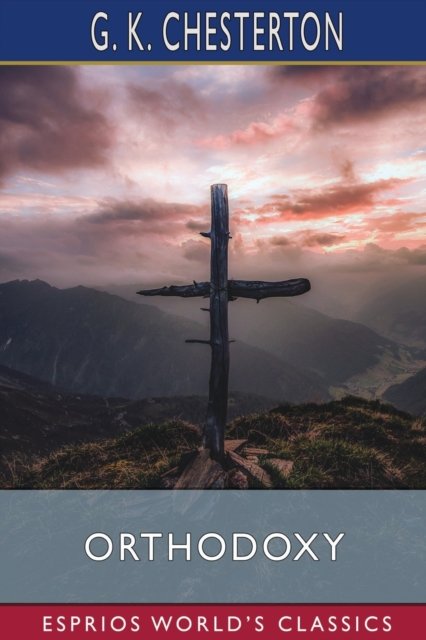
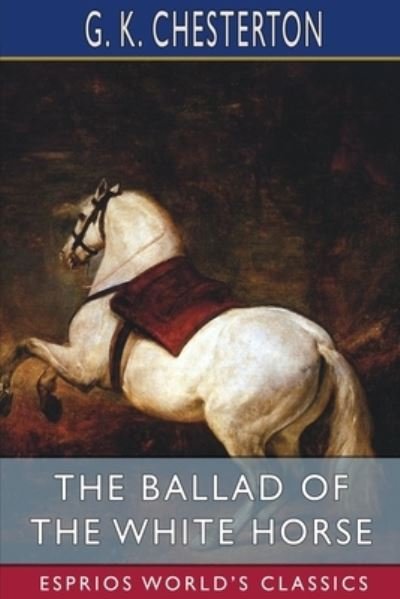


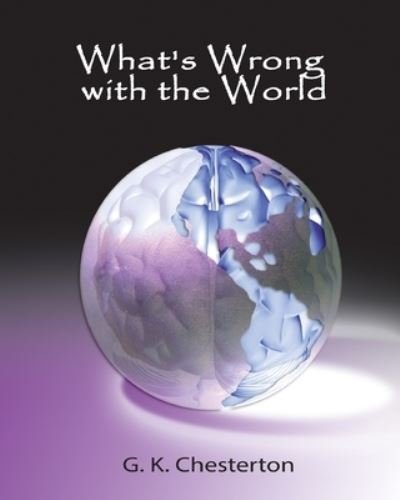
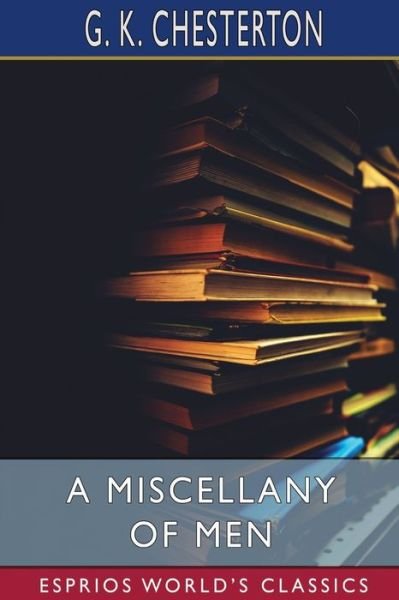
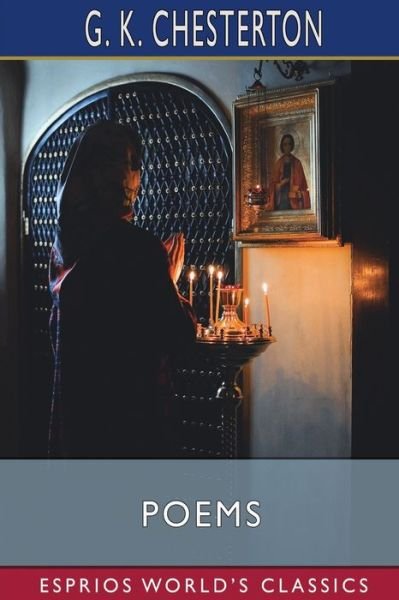
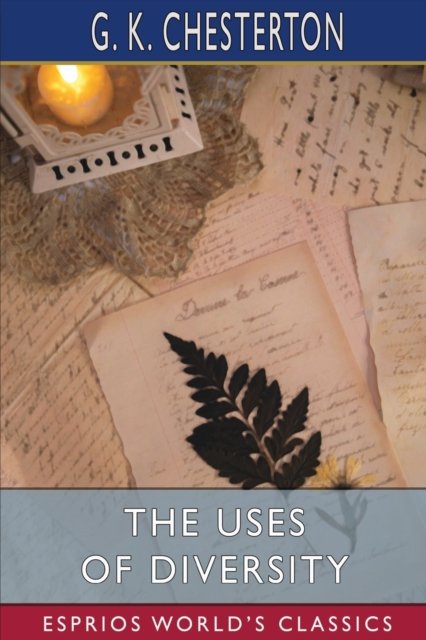
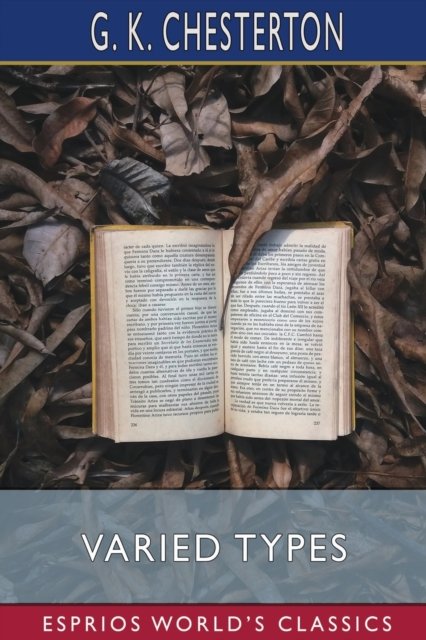
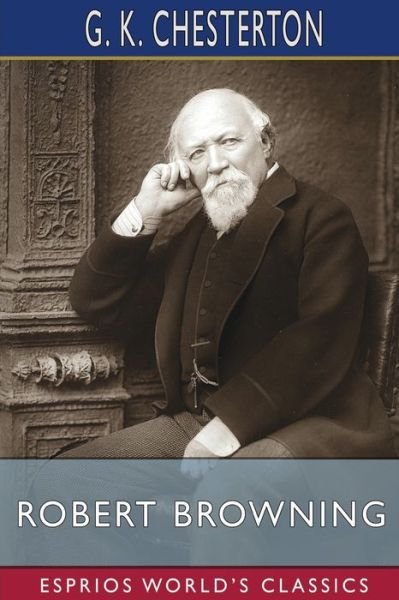
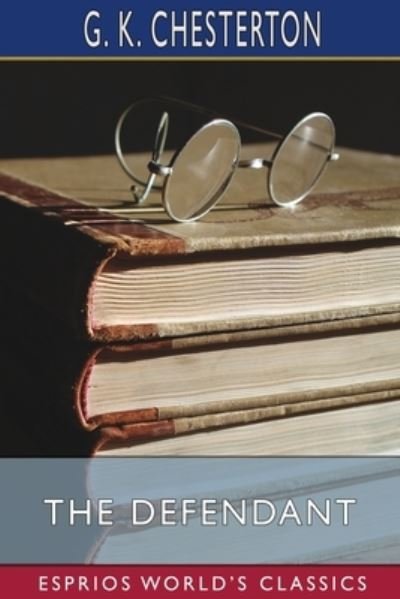

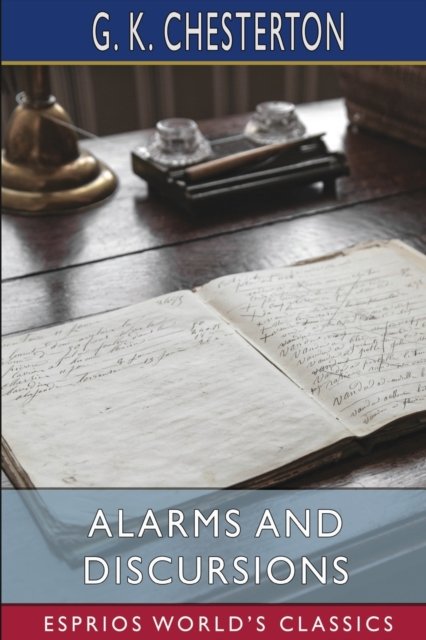
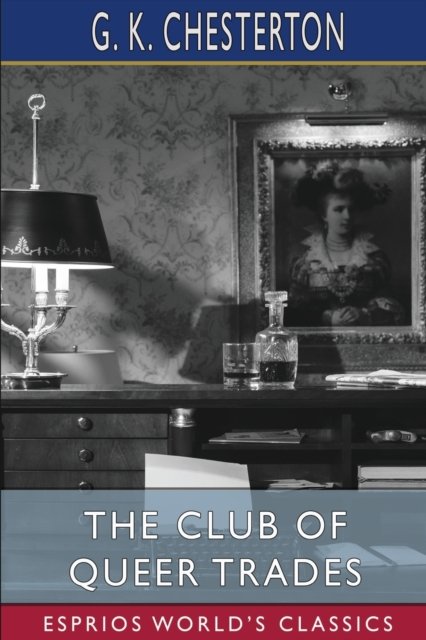
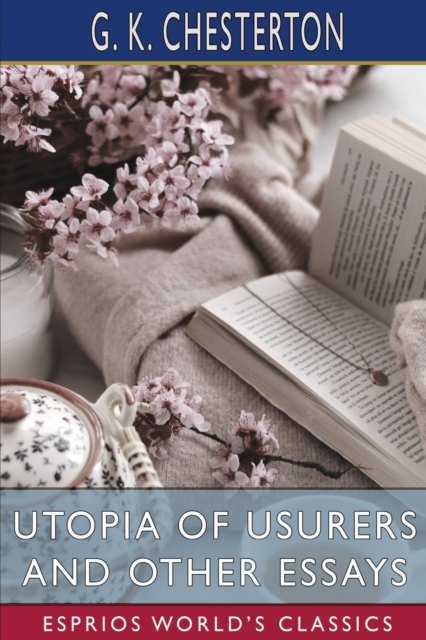
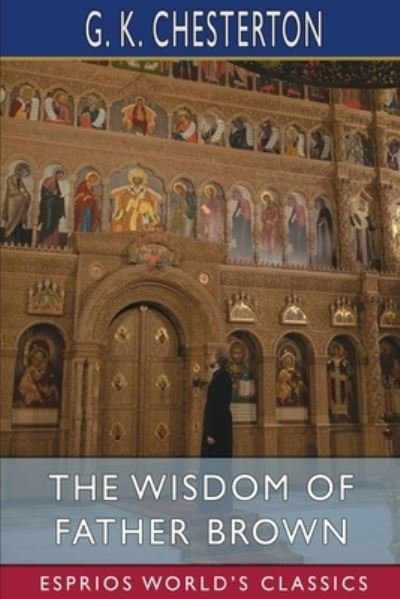
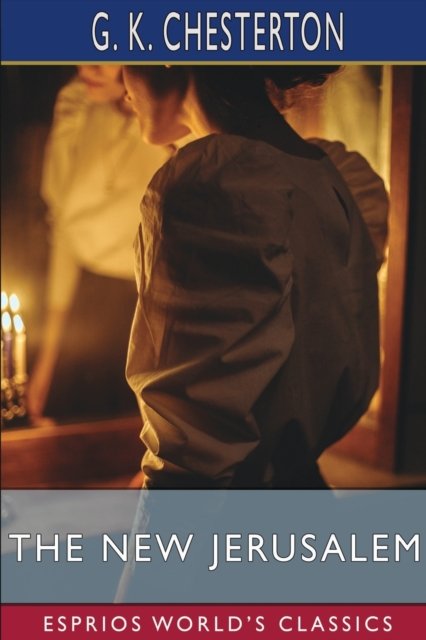
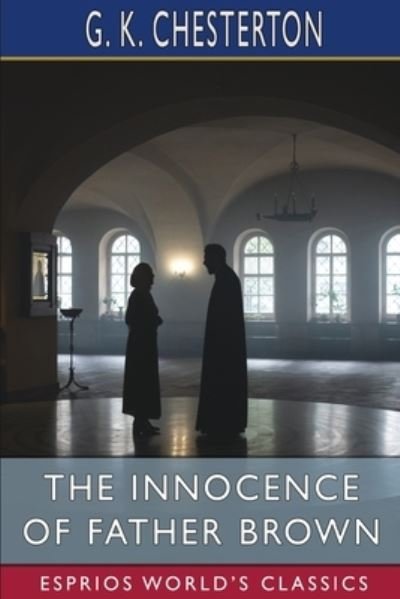
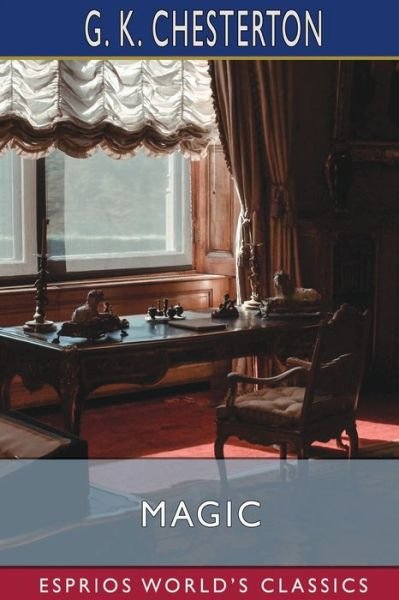
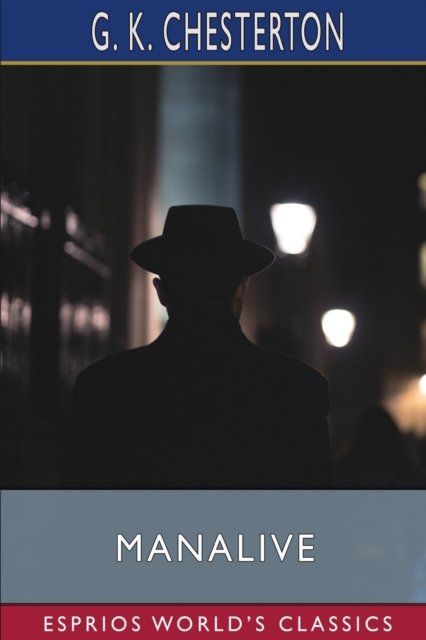
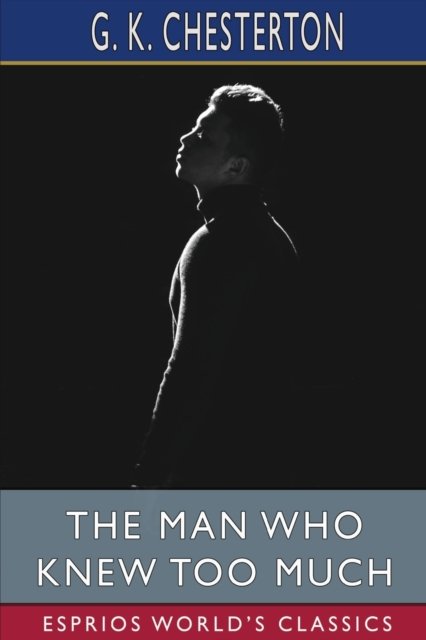
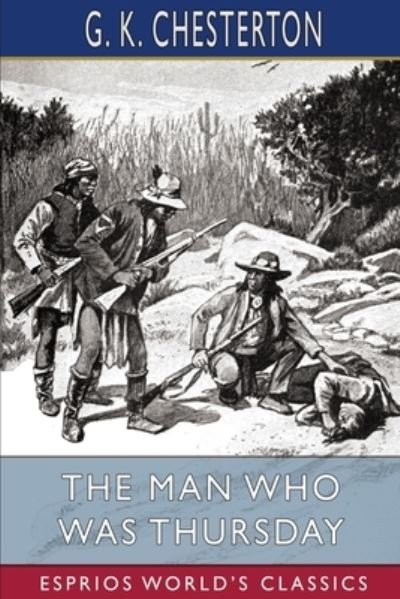
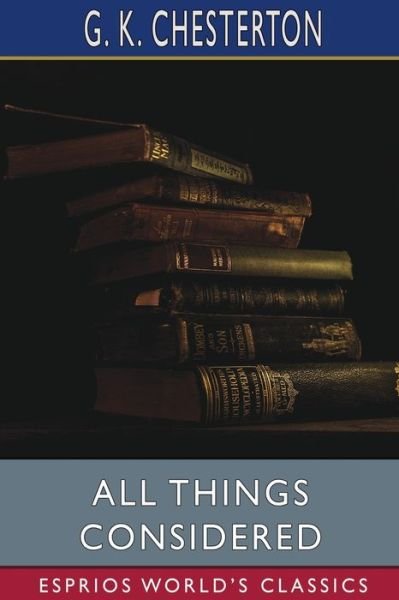
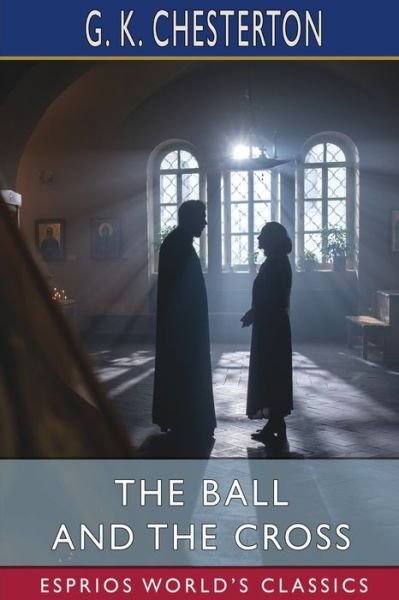
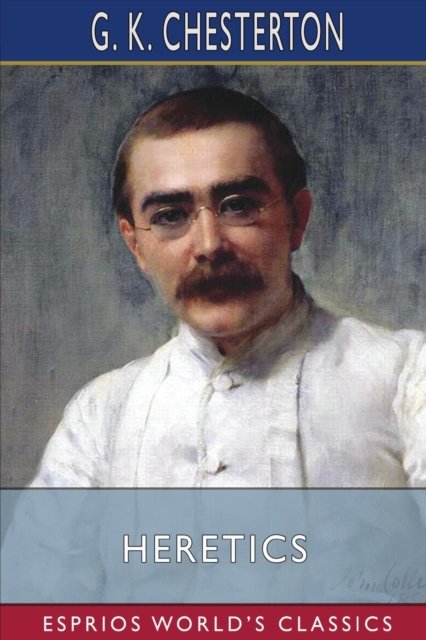

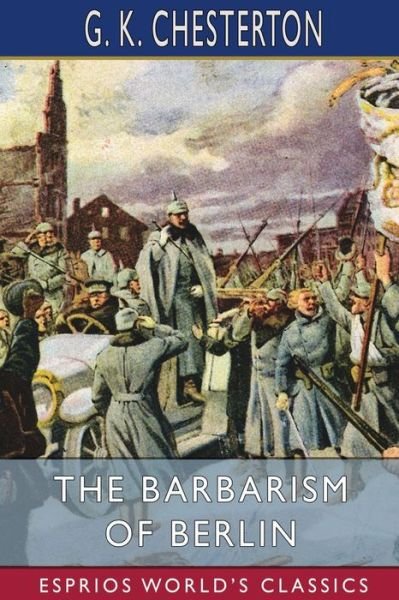
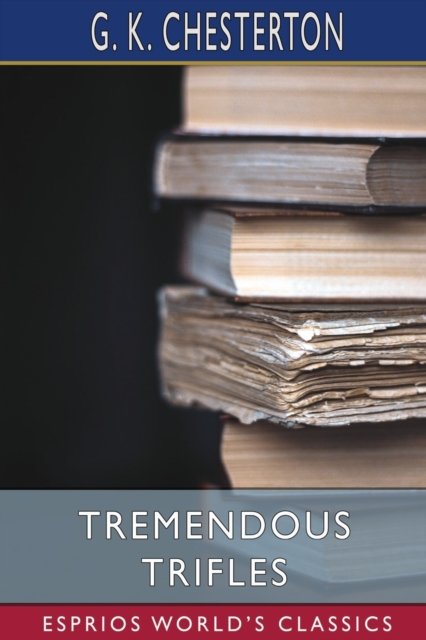
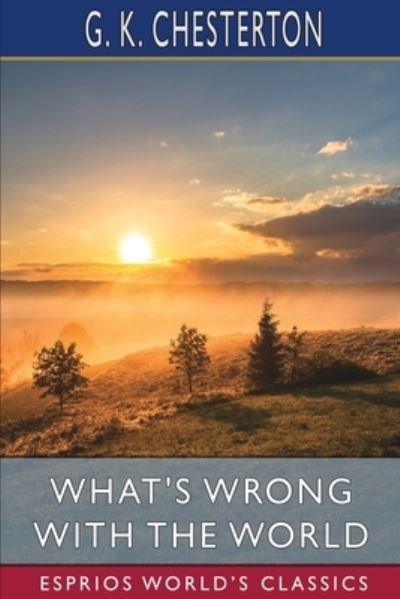



![Cover for Hans Scherfig · Gyldendals Paperbacks: Det forsømte forår (Book) [8th edition] [Paperback] (2005)](https://imusic.b-cdn.net/images/item/original/531/9788702040531.jpg?hans-scherfig-2005-gyldendals-paperbacks-det-forsoemte-foraar-book&class=scaled&v=1335650419)
![Cover for Astrid Lindgren · Astrid Lindgren: Ronja Røverdatter. (Bound Book) [7th edition] [Indbundet] (2007)](https://imusic.b-cdn.net/images/item/original/151/9788702059151.jpg?astrid-lindgren-2007-astrid-lindgren-ronja-roeverdatter-bound-book&class=scaled&v=1339711830)
![Cover for Bill Watterson · Steen & Stoffer, 4: Steen & Stoffer 4: Varyler fra en anden verden (Sewn Spine Book) [1st edition] (2008)](https://imusic.b-cdn.net/images/item/original/583/9788770853583.jpg?bill-watterson-2008-steen-stoffer-4-steen-stoffer-4-varyler-fra-en-anden-verden-sewn-spine-book&class=scaled&v=1448039974)
![Cover for Bill Watterson · Steen & Stoffer, 5: Steen & Stoffer 5: Hjemlig psyke (Sewn Spine Book) [1st edition] (2009)](https://imusic.b-cdn.net/images/item/original/675/9788770853675.jpg?bill-watterson-2009-steen-stoffer-5-steen-stoffer-5-hjemlig-psyke-sewn-spine-book&class=scaled&v=1448039974)


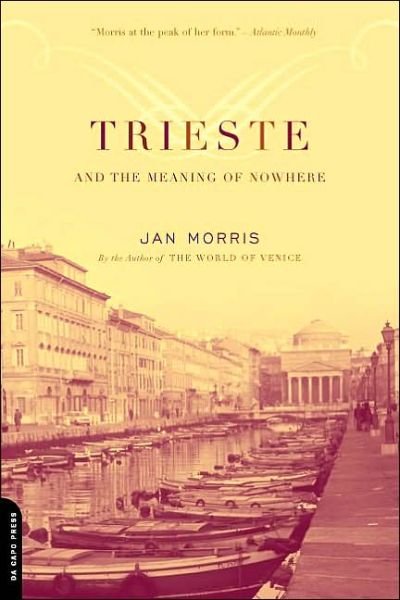
![Cover for Horace Walpole · The Castle of Otranto: A Gothic Story - Oxford World's Classics (Paperback Book) [3 Revised edition] (2014)](https://imusic.b-cdn.net/images/item/original/447/9780198704447.jpg?horace-walpole-2014-the-castle-of-otranto-a-gothic-story-oxford-world-s-classics-paperback-book&class=scaled&v=1412829508)
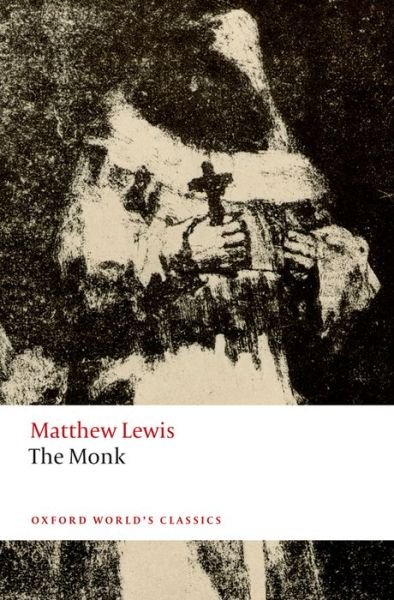
![Cover for Jane Austen · Sense and Sensibility - Oxford World's Classics (Paperback Book) [3 Revised edition] (2019)](https://imusic.b-cdn.net/images/item/original/359/9780198793359.jpg?jane-austen-2019-sense-and-sensibility-oxford-world-s-classics-paperback-book&class=scaled&v=1558524312)
![Cover for Mary Wollstonecraft Shelley · Frankenstein: or `The Modern Prometheus': The 1818 Text - Oxford World's Classics (Paperback Book) [3 Revised edition] (2019)](https://imusic.b-cdn.net/images/item/original/824/9780198840824.jpg?mary-wollstonecraft-shelley-2019-frankenstein-or-the-modern-prometheus-the-1818-text-oxford-world-s-classics-paperback-book&class=scaled&v=1571701246)
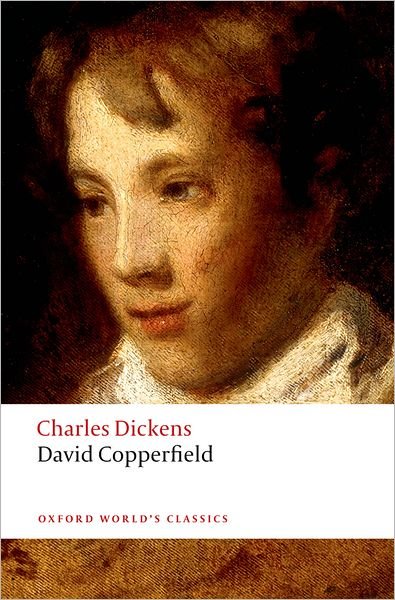
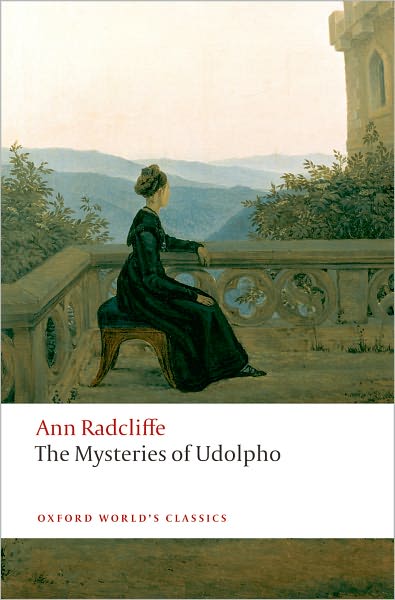
![Cover for Bill Watterson · Steen & Stoffer, 6: Steen & Stoffer 6: Kundskabens kræ (Sewn Spine Book) [1st edition] (2009)](https://imusic.b-cdn.net/images/item/original/705/9788770853705.jpg?bill-watterson-2009-steen-stoffer-6-steen-stoffer-6-kundskabens-krae-sewn-spine-book&class=scaled&v=1333521356)



















